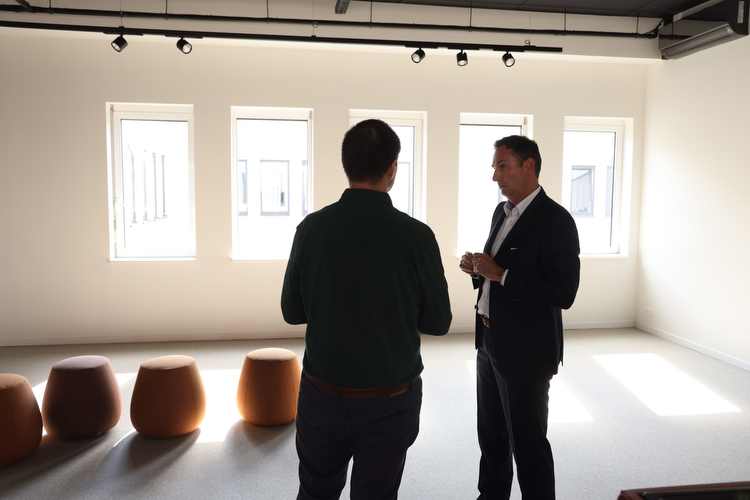Four organizations are joining forces in a European partnership on digital inclusion in disadvantaged communities. The consortium consists of: a technological innovator (AI tooling for education), two interest representatives (one for local governments, one for user groups) and a philanthropic institution that finances the project based on social goals. The mission is clear: equal access to digital resources and skills. However, the collaboration appears to be complex. Four cultural fields collide: fast versus careful, risk-taking versus hedging, top-down versus participative, scale versus impact.

Athmos Pulse makes cultural differences and simmering tensions visible as actual signals.
This makes it clear where cooperation fails: not because of unwillingness, but because of different habits, decision-making logic and expectations.
Athmos Atlas mentions recurring reflexes — such as national sensitivities or power differences — without falling into stereotyping.
This way, teams get language to better understand each other and differences are converted into workable agreements instead of a source of conflict.
Athmos Atlas recalibrates consultation structures and decision-making logic so that diversity in speed, hierarchy and accountability can be managed.
This brings clarity to who decides, how agreements apply in different cultures and how coordination can be faster and more consistent.
Atmos Compass reveals the implicit beliefs that block cooperation — from entrenched national reflexes to ingrained ideas about power and influence. By making these assumptions negotiable, a shared language and a new narrative are created in which differences no longer feed suspicion, but strengthen coherence and trust. This way, a consortium not only gets a strategic plan, but also a credible story that leaders and teams can support.
Silo behavior, hostility, stagnation, turnover
Identifying undercurrents with narrative precision
Recognition of tensions without blame
Recurring conflict avoidance, cynicism, loyalty to the past
Narrative pattern analysis and cultural diagnostics via AI + dialogue
Insight into group dynamics and informal power structures
Unequal decision-making, asymmetric integration, lack of compass
Redesigning structures, KPIs, and responsibilities
A unified whole built on new common ground
Beliefs of exclusion, loss, distrust, self-protection
Collective narrative work, leadership reflection, dialogue sessions
A shared new story guiding strategy and collaboration
Resignations, passivity, frustration
Bundling signals, recognizing friction
Recognition without blame
Recurring resistance
Objectifying patterns via semantic data
Shared language for what is alive
Unequal responsibility
System diagnosis and KPI revision
Better alignment between roles and mandate
“My opinion doesn't count”
Narrative work and leadership coaching
Increased ownership and psychological safety
Frustration over pace, role confusion, threatened withdrawal, fragmented communication
Bundling and clarifying relational signals
Recognition of tension as structural, not personal
Repeated conflict avoidance, parallel logics, personal agendas
Pattern analysis of rhythm, language, and power
New language for collaboration, grounded in reality
No shared mandate, unclear roles, conflicting KPIs
System diagnosis and framework redesign
Rules that carry tensions instead of suppressing them
Ideological clashes, distrust between expertise areas, conflicting worldviews
Cultural dialogues and narrative re-framing
Shared story where differences are named, acknowledged, and strategically connected
Cooperation across organizational boundaries requires more than structures and intentions.
In projects where social ambition, technological innovation and political sensitivity come together, things of course clash.
There was no conflict in this consortium. despite the good intentions, but exactly because there:
Without explicit division of roles and no workable rules shifts responsibility to the undercurrent: influence becomes informal, tensions personalize, and progress depends on who speaks loudest or stays silent.
Athmos makes this visible and workable.
We guide the consortium in designing new rules — rules that:

